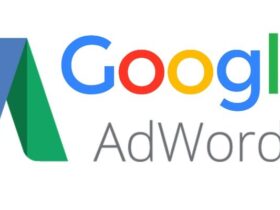Keywords. Conversion. User experience. Search engine optimization.
What do all of these words and phrases have that are not unusual?
They all relate to how you’ll attract, interact, and convert your target market. The crux of any proper virtual advertising campaign is to become aware of the specific characteristics of your ideal customers, which include geographic, demographic, and psychographic variables. The more you realize once, the more powerful your virtual marketing efforts will be. Become the point, whether it changed into a Marketing course or a hundred-and-one course you took, or from self-gaining knowledge, you’ve probably heard that learning your target market is pretty important. What this virtual manner is: knowing the demographics and place of your potentialities isn’t sufficient. You must know as a good deal as possible about them, including their:

Personality developments.
- Interests.
- Values.
- Opinions.
- Knowing all of this will help you:
- Come up with a correct list of subjects and keywords to target.
- Set up your pages to convert extra successfully.
- Create a great user enjoy.
- Optimize your content.
- Craft the ideal message to persuade your readers to do so.
- Find key influencers in your marketplace.
Below is a step-by-step method you can use to realize the target audience that allows you to, in turn, assist you in creating a hit digital marketing campaign and turning you into an advertising rock big name.
Step 1: Conduct Market Research
When you realize your target market, you must conduct true old-fashioned market research. Marketplace research aims to get as many details as possible about the organization you’re targeting, which you can later use to build personas. There are many methods you can accumulate these records, along with the subsequent five techniques.
Reach Out to Other Departments
We often work in silos, which means we stick within our crew or branch and don’t reach out to all and sundry out of the doors of our organization. In digital advertising, you want to gain a wealth of records among different departments. For instance, the sales crew will understand the questions that prospects ask and know their pastimes and dreams.
Suppose your company has a customer support crew. In that case, they will offer insight into customers’ phrases (i.e., viable key phrases for SEO) and what concerns are normally addressed. Even if your organization isn’t that massive, there are still humans on the frontlines who are fielding questions and feedback from possibilities and clients. Take the time to sit down with them and ask them questions about your audience.
Gather Data Using Tools
Plenty of tools can help you collect facts from your audience. These tools vary in price. However, they can help you construct a basis of records, ranging from basic demographic information to unique habits and pastimes.
Two of my favored equipment are:
YouGov: The free model will give you a pleasing cartoon of your target character pulled from a database of more than 200,000 clients inside the U.S. You need to discover a logo, hobby, e-book, film, movie star, etc. That you understand aligns with your target audience. Type the records into YouGov.Com’s seek field, and you’ll see something like the following:











